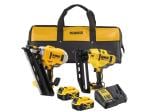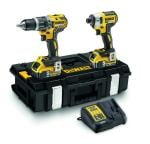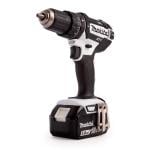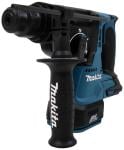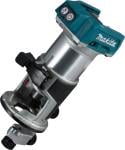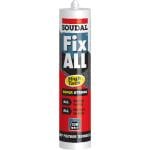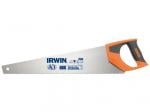Can You Cut Through Metal With a Mitre Saw?
The Mitre saw is a woodworker’s best friend given how versatile and handy they are, but can you cut through metal with a mitre saw? This is a common question asked by those thinking about investing in a mitre saw and this article, will tell you everything you need to know before making your purchase.
Can Metal Be Cut With a Mitre Saw?
Can you cut metal with a mitre saw? In general, the density and toughness of metallic materials are not too difficult for a mitre saw’s motor to handle. However, there are some factors that you need to be aware of before rushing in. First of all, the mitre saw’s blade set is not ideally suited to this task, so the first step is to find a suitable replacement. Please note that there are some safety precautions to be aware of as well, which we will list as the article goes on.
What Blade Should You Use for Cutting Through Metal?
Certainly, your typical mitre saw blade will do a spectacular job of cutting through wood and chopping trims, however, working with metal using the same type of blade spells disaster. Of course, that shouldn’t come as a surprise as such blades were designed specifically with cutting wood in mind. Even though some mitre saws may be suitable for non-ferrous metals (such as soft change google or copper) – it isn’t recommended as a permanent solution. If you are working on a project that may require quick and precise cuts into metal but don’t have a better tool to hand, then swapping out your wood-cutting carbide blades for an alternative is an easy solution. The good news is that there are plenty of high-quality metal-cutting blades available on the market, so finding something suitable won’t be too difficult. Just make sure that you pick the appropriate variety depending on the type of cuts you will be making – e.g., tripe-chip grind blades for cleaner cuts or composite blades for varying levels of density.
What Happens if You Don’t Switch the Blade Out and Cut Straight Into Metal?
If you decide you can’t be bothered with the hassle and wish to try your luck with cutting into metal using your mitre saw and its existing blade, here’s what could happen:
- Mitre saws work with more speed than crafting metal requires – this leads to more friction between the cutting surface and the blade itself
- This will subsequently lead to both the tool and work-piece heating up significantly which can have a detrimental effect on the metallic structure
- Blazing hot tools and materials will put you and your workstation at a much higher risk of damage and/or injury
Safety First When Cutting Metal Using a Mitre Saw
It doesn’t matter how experienced a craftsman you are – if you are cutting metal with a mitre saw for the first time then it’s always worth brushing up on some helpful health & safety tips:
- Before you place any metal under the blade for cutting, ensure that you have cleared away all dust and debris. The increased heat and friction coupled with a failure to clean the surfaces thoroughly can lead to rough cuts.
- You should always clean the workstation and area thoroughly of wood chips and timber before proceeding with cutting into metal using your mitre saw. The fact is, red-hot metal chips and sparks can be a serious fire hazard.
- Work slow and steady – but NEVER lower the saw onto the cutting surface until you the mitre saw has reached full speed
- And whilst we don’t want to teach you how to suck eggs – another reminder to wear your PPE (Personal Protective Equipment) at all times can’t hurt!
Should You Use a Mitre Saw for Cutting Into Metal?
Just because you can use a mitre saw for cutting mental it doesn’t mean that it should be your permanent solution. The fact is, swapping your mitre saw blades for cutting metal isn’t the most cost-effective approach as they will constantly need replacing. Again, the mitre saw’s RPM is far higher than is required for cutting through metal. This will only result in more sparks flying around than is necessary. Additionally, with over-use and regular overheating, the mitre saw’s motor may begin to struggle. You can use your mitre saw now and again for cutting through metal if you work on projects that do not regularly require cutting into metal. However, if cutting into metal is something that you are likely going to need to do more often then get yourself a specialist metal cutting tool, for example:
Conclusion
In conclusion, a mitre saw is not the worst tool to use for cutting into metal, but it is not recommended as a permanent solution. With the right blade and the appropriate safety measures in place – using a mitre saw to cut through metal is fine. We hope you have found this article helpful and wish you the best with all of your future projects. If you need any help finding the perfect tools for the job, please do not hesitate to contact us today.


